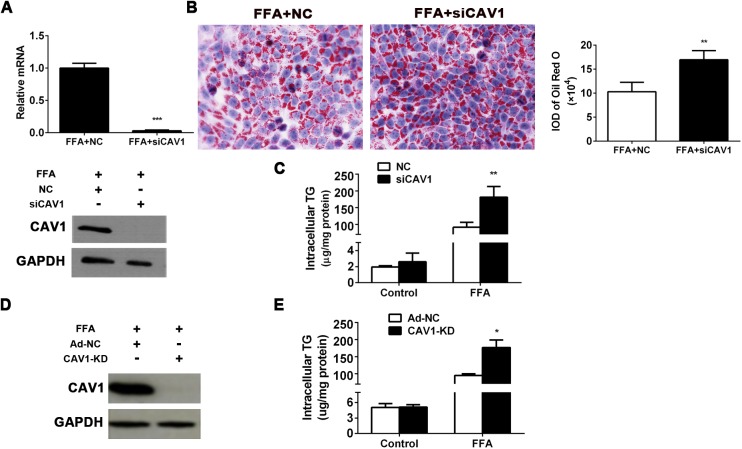Fig 2. CAV1 depletion aggravates fat accumulation in L02 cells and AML12 cells induced by FFA.
CAV1 expression was inhibited using siRNA in L02 cells and stably depleted by applying the CRISPR-Cas9 system by adenovirus recombination in AML12 cells. (A-C) L02 hepatocytes were transfected with scrambled siRNA (NC) or siRNA targeting CAV1 (siCAV1). After transfection for 24 h, cells were challenged with 1 mM FFA for another 48 h. (A) CAV1 mRNA and protein levels in FFA-treated L02 cells transfected with NC or siCAV1. (B) Representative Oil Red O staining of FFA-induced L02 cells with or without CAV1 siRNA transfection. (Original magnification × 400) The average integrated optical density (IOD) of lipid droplets stained with Oil Red O from FFA treated cells was measured with an Image-Pro Plus software. (C) Triglycerides were quantified in L02 cells treated with or without FFA transfected with NC or siCAV1. (D-E) AML12 hepatocytes were transfected with the adenovirus-CRISPR-Cas9 system to stably knockdown CAV1 (CAV1-KD); Ad-NC served as a control. Cells were challenged with 1 mM FFA for 48 h. (D) CAV1 protein levels in FFA-treated AML12 hepatocytes transfected with Ad-NC and CAV1-KD. (E) Triglycerides were quantified from AML12 cells treated with or without FFA transfected with Ad-NC and CAV1-KD. The results are expressed as the mean ± SD of 3 independent experiments. (*P < 0.05, **P < 0.01, and ***P < 0.001).

